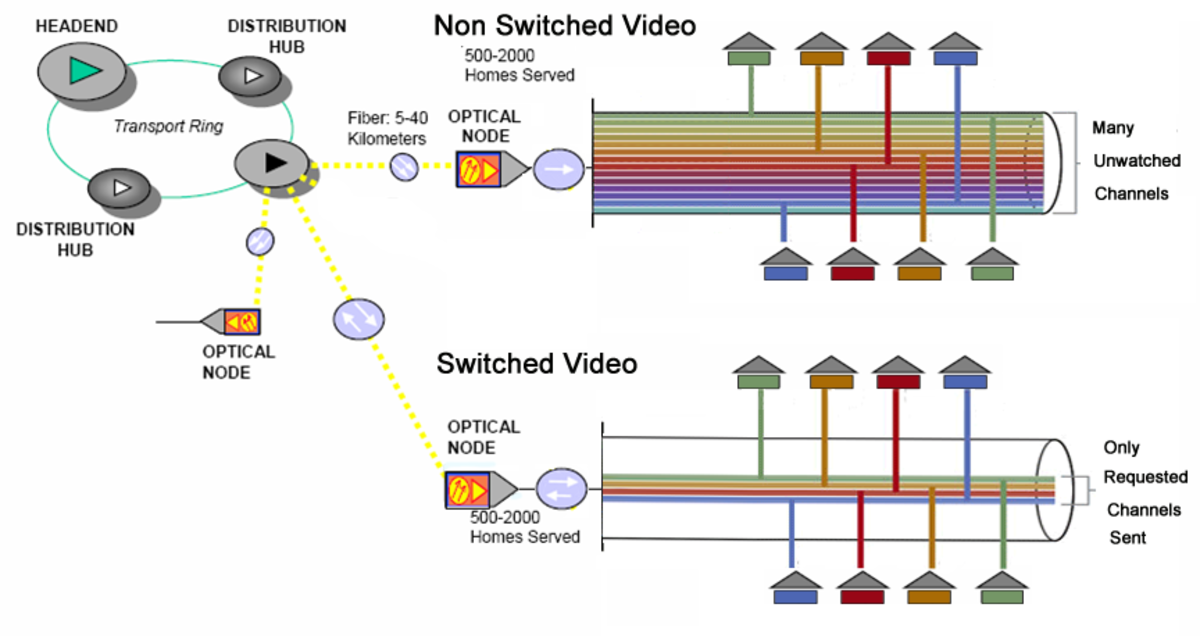The Bayesian Network Classifier
A Bayesian Network (BN) comprises of, a directed acyclic graph G plus a set of probability distributions (P), where nodes and arcs in G symbolize random variables and straight connections between variables correspondingly. In this case, P is the set of local distributions prevalent in every node. A local distribution is made possible by a conditional probability table (CPT). BNs are frequently used to solve the cataloging problem and to calculate the conditional probability of one node, as well as the given values assigned to the other nodes (Cussens, 2008). Therefore, a Bayesian Network can be considered as a classifier that accords the latter, probability distribution of the class node given the values of other attributes. Among the contexts where BN is applied include computer vision, computational molecular biology, text and audio processing, sensor fusion and relational databases (Achterberg, 2009).
The acyclic graphical model in the Bayesian Network is used to represent a set of random variables alongside their provisional dependencies. For instance, the Bayesian Network can be employed to represent the probabilistic association between ailments and their symptoms. By establishing the symptoms, the algorithm computes the possibility of specific diseases. The Bayesian network works as a classifier by encoding a distribution PB (A1; An ;C) from a particular training set. The resulting model can then be utilized in such a way that a set of attributes a1;:::;an, under the classifier B, are able to return the lable C (Jaakkola et al, 2010).
.






